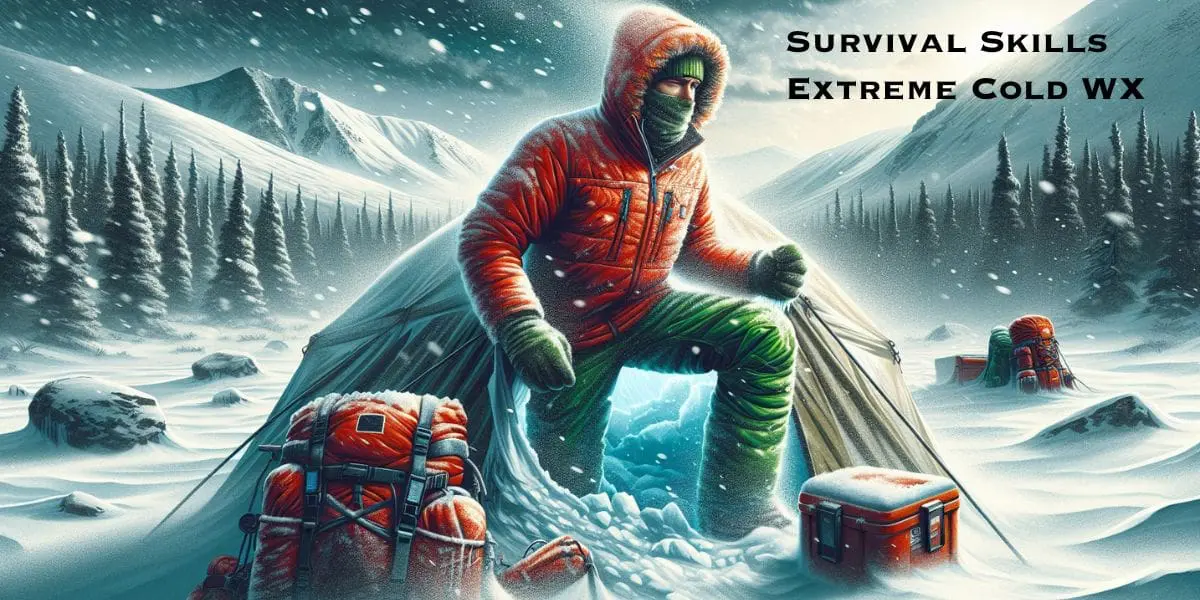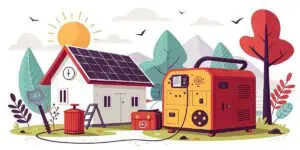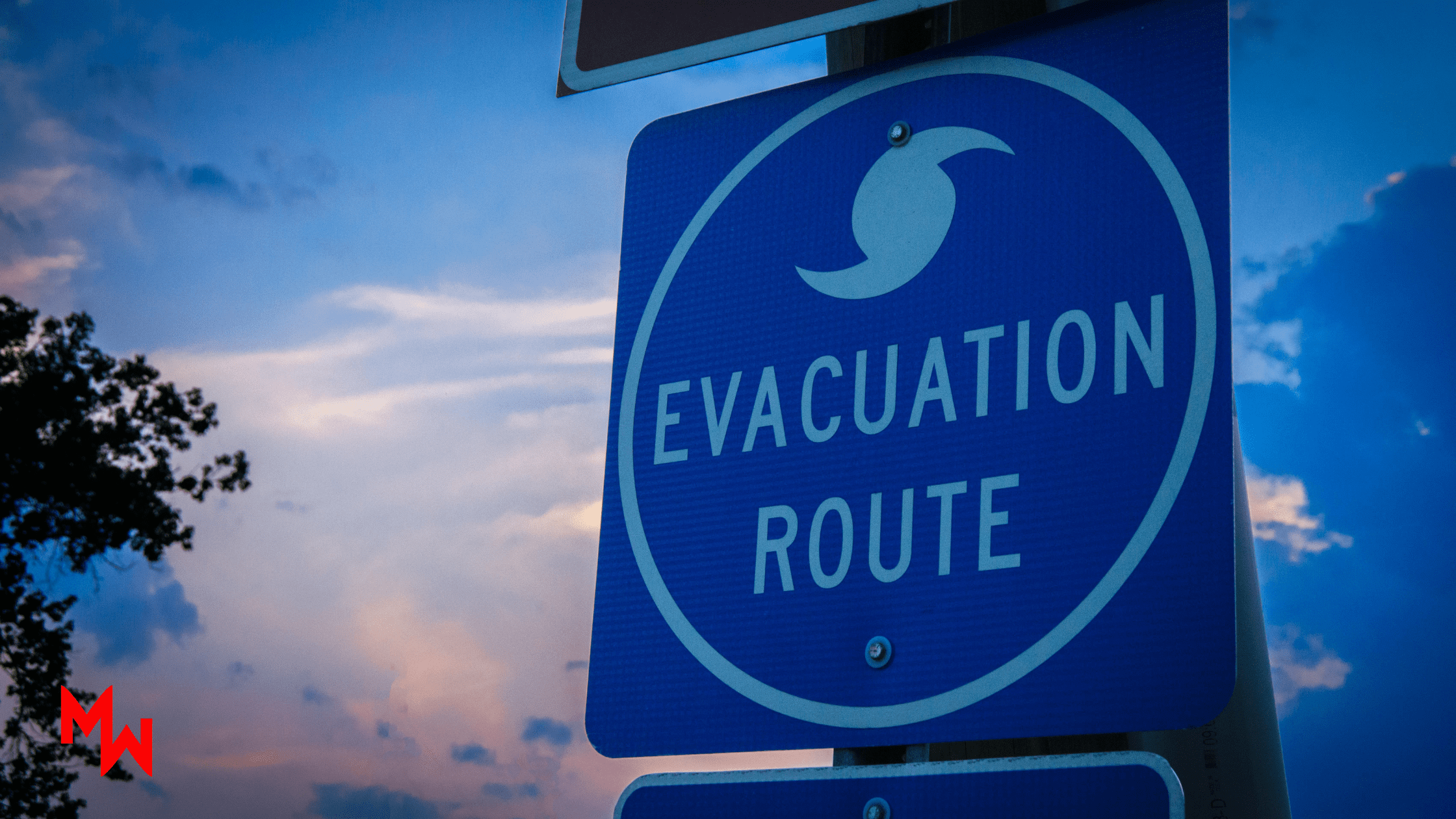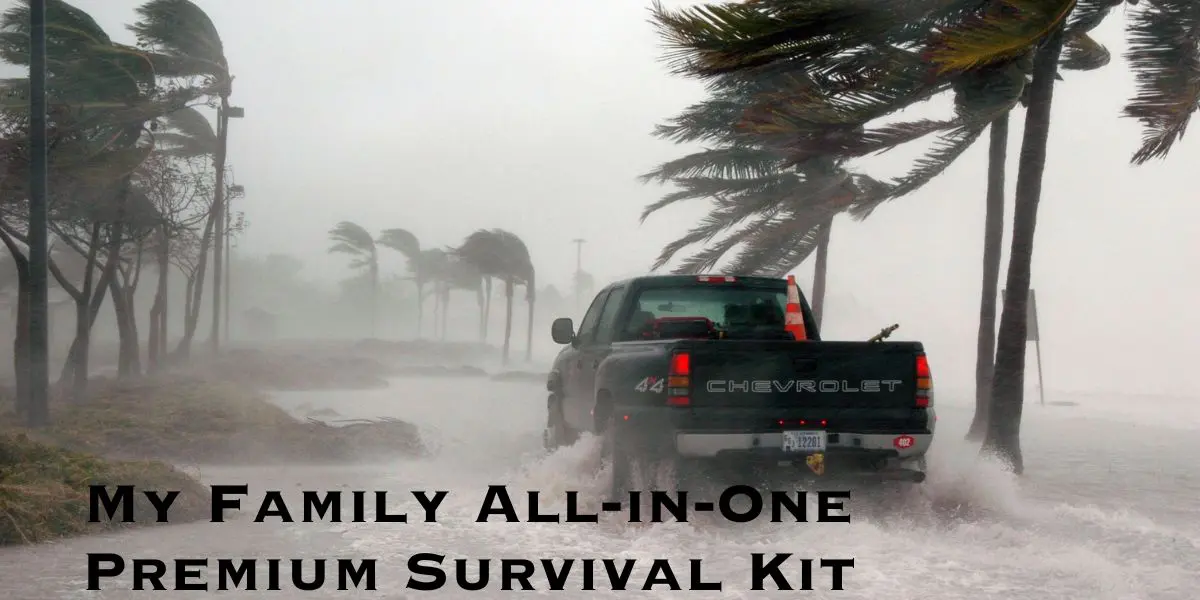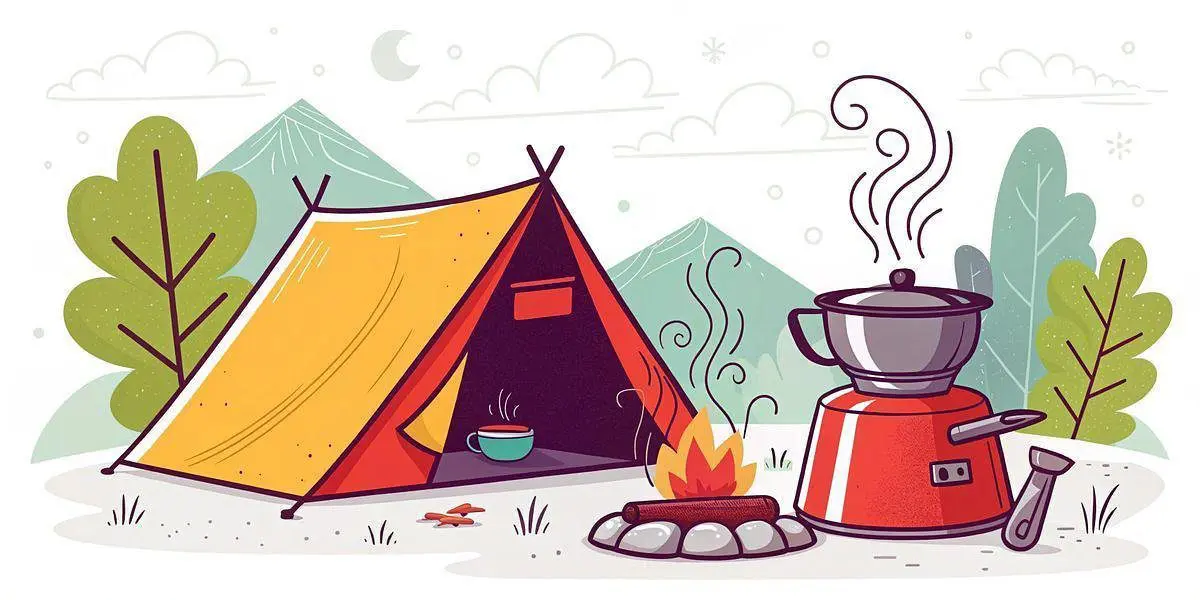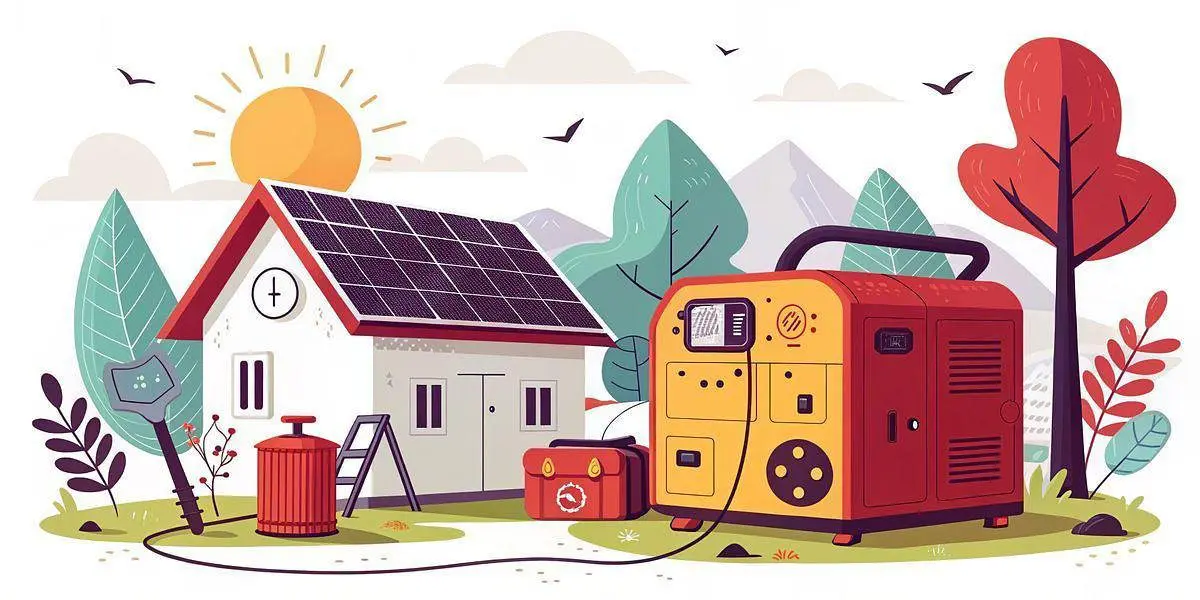In the quiet, snowy landscape, where the air is painfully cold, freezing is a serious danger. This environment is unforgiving, with frostbite ready to clamp down on exposed skin and chilling winds that stealthily steal warmth. Surviving here takes more than just physical strength. It also demands cleverness, careful preparation, and a profound understanding of the unpredictable and harsh cold environment.
This guide will teach you how experienced adventurers and survivalists are able to survive in harsh conditions. It covers techniques for staying warm and insulated, going beyond simply wearing warm clothing.
Layer Up: The First Rule of Cold Weather Survival
The fundamental principle in surviving frigid temperatures is effective layering. Successful insulation starts with understanding how to dress to create and maintain warmth.
- Base Layer: Begin with a moisture-wicking base that draws sweat away from your body. This is crucial because moisture on your skin can lead to a rapid loss of heat.
- Middle Layer: This should be insulative, usually made of fleece or synthetic down. These materials are excellent at retaining heat and are integral to maintaining body warmth.
- Outer Layer: Shielding from the powerful forces of nature. Choose a layer that is windproof, waterproof, and allows airflow to prevent overheating.
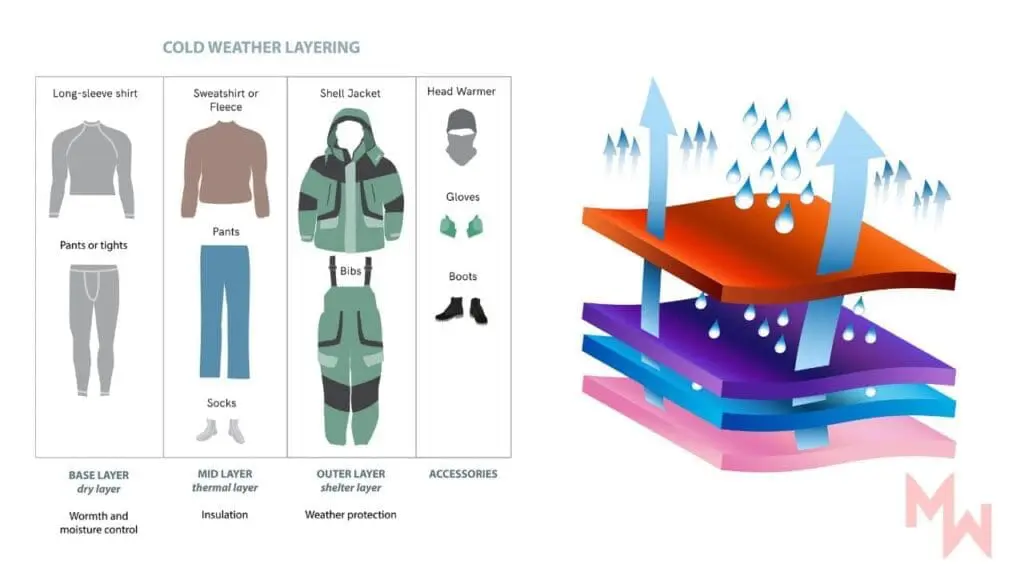
Layering is effective because it traps air between the layers. This causes the air pockets to warm up using your body heat, keeping you warm. Layering is useful for staying warm and adapting to changes in temperature. You can add or remove layers as needed. Layering is great because it keeps you warm and allows you to adjust the number of layers to stay comfortable in changing weather.
Shop Omni Heat on Amazon for an amazing selections of specialized gear and clothing
High-Tech Gear Innovations
As technology evolves, so do the options for high-tech gear designed to combat the cold more efficiently. Innovative products include:
- Heated Clothing: Jackets, gloves, and socks equipped with lightweight, rechargeable batteries that deliver heat on demand. This can be a game-changer in maintaining core warmth without the bulk associated with traditional winter clothes.
- Aerogel-Infused Apparel: Leveraging materials from space technology, aerogel offers superb insulation in a thin layer, making it ideal for those needing mobility along with warmth in their gear.
These advancements help maintain a comfortable body temperature which can be crucial during prolonged exposure to extreme conditions.
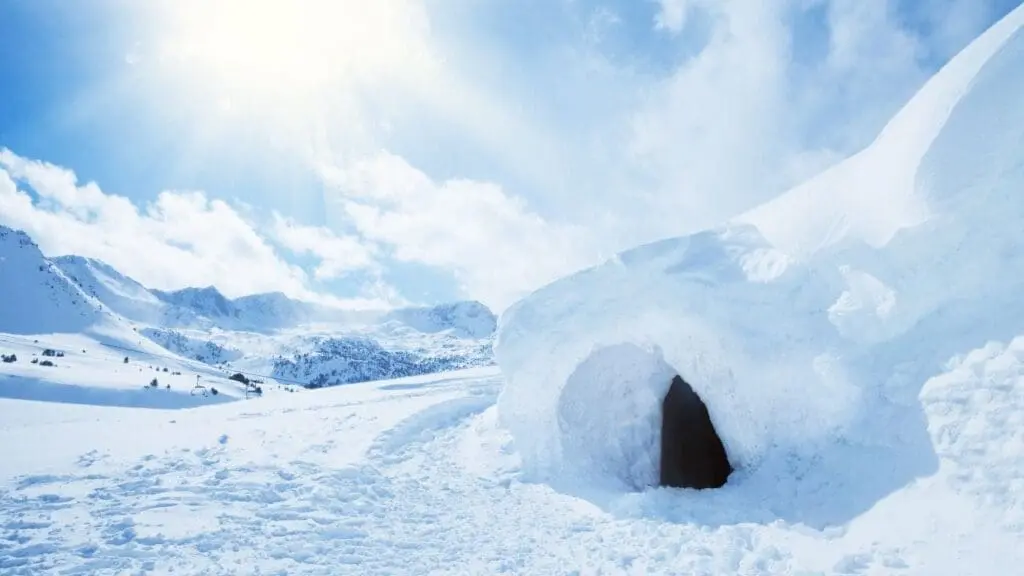
Building a Shelter: Your Refuge in the Cold
Knowing how to construct a reliable shelter is vital. The traditional snow shelter or snow cave remains a tried and tested refuge that provides excellent insulation and protection against wind. Key tips include:
- Ensure the entrance is lower than the sleeping platform to prevent cold air from sinking into your sleeping area.
- Use modern, portable shelters like four-season tents which are designed to withstand harsh wind and snow conditions. Combine these with a high-quality sleeping bag and an insulated sleeping pad to maximize warmth.
Proper ventilation in any shelter setup is crucial to manage moisture buildup from breathing and perspiration, which can compromise the insulative properties of your gear.
with 20000mAh Battery Pack Electric Heated Snow Hiking Pants Winter Softshell Outdoor Trousers
Behavioral Tactics to Manage Body Temperature
Beyond gear and shelters, everyday behaviors are critical in managing your body temperature:
- Stay Hydrated and Eat Well: Consuming high-calorie foods helps maintain your metabolic rate, which keeps your body warmer.
- Activity Management: Pace your activities to avoid sweating. Moisture can lead to a quicker loss of heat, so staying dry is essential.
- Change Wet Clothing Quickly: If you become damp, switch into dry clothes immediately to prevent heat loss. Always carry spare dry socks, gloves, and headgear.
Avoid alcohol as it impairs the body’s ability to regulate temperature and can lead to a misjudgment of cold exposure. Also, utilize compact and efficient stoves not just for cooking but for melting snow for drinking water, which can additionally help heat your shelter space temporarily.
“By integrating both traditional knowledge and modern technological advancements with essential behaviors, you can significantly boost your chances of survival and even thrive in the coldest corners of the globe.”
Respecting and understanding the power of nature’s coldest elements, armoring yourself with the right knowledge, and preparing adequately can transform an ordeal into an adventure. Remember, in the face of extreme cold, preparation is not just about survival, it’s about prevailing.

